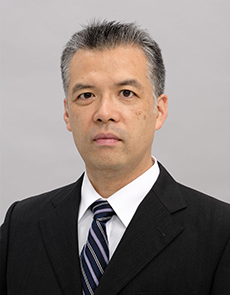

The Japanese archipelago is known as a hotbed of earthquakes, as they occur here with high frequency by global standards. The shaking felt during earthquakes is caused by the bedrock beneath the earth’s surface cracking and abruptly shifting out of place. The shaking grows larger as the area of cracking and shifting expands over a short period of time. Recent observations have shed light on the complexity of this process in megaquakes, as well as drawing attention to the phenomenon of “slow earthquakes” in which the bedrock shifts at a much slower pace than in regular earthquakes. There are some reports of the concurrence of earthquakes with differing time constants—regular and slow—with each influencing how the other unfolds. It is crucial to explicate the relationship between the two types in order to understand the mechanisms by which megaquakes occur.
How does a megaquake begin? Is it preceded by a slow earthquake? This lecture will introduce the basic features of earthquakes, including intensity, magnitude, frequency, and scaling, and use examples to explain the diverse ways in which megaquakes can begin.